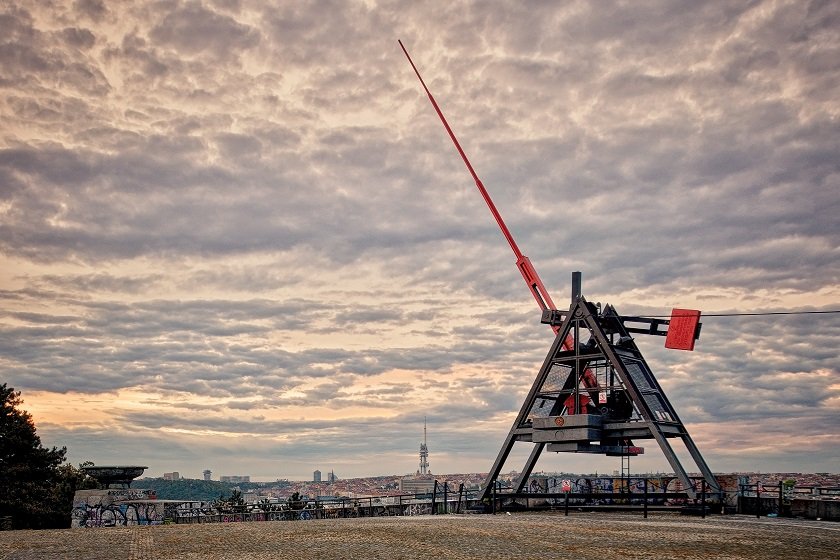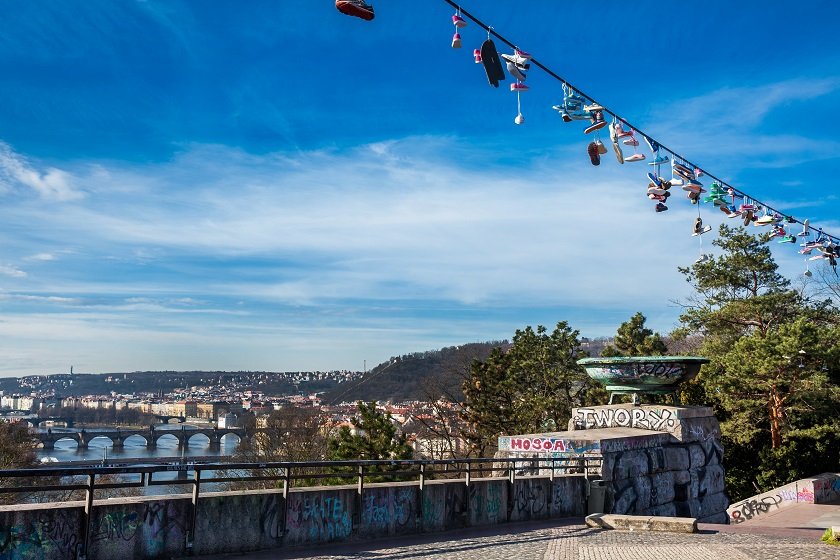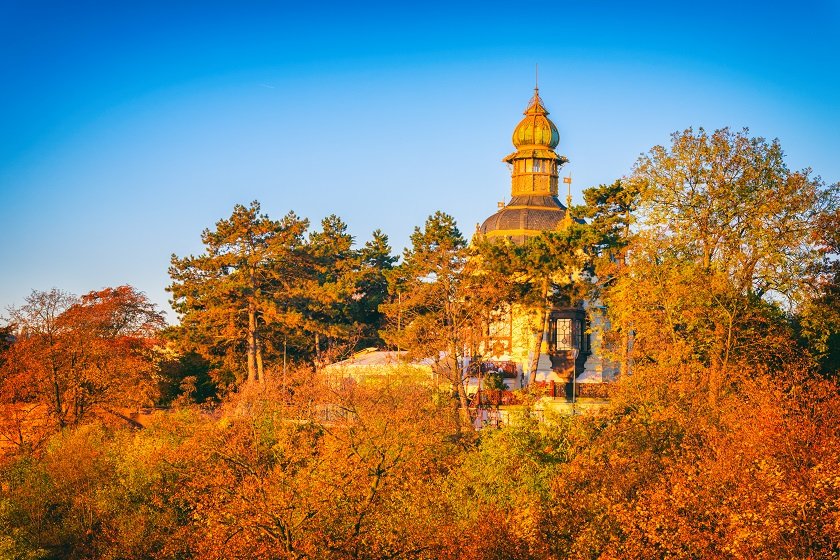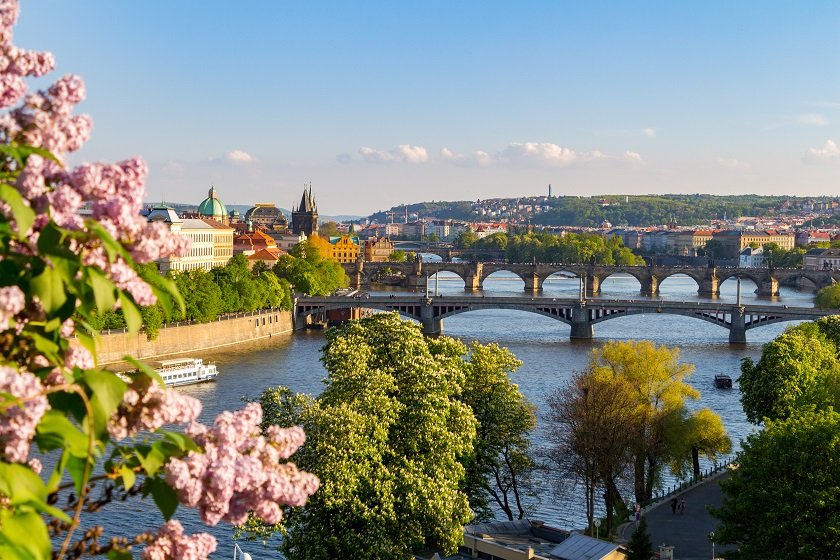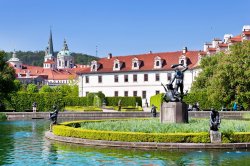Letná Park
Letná Park is a large natural area adjacent to the Vltava River and the Lesser Town. Besides walks and sports activities, visitors can also visit one of the most popular Prague outside seating spots during the summer months. Right in front of the neo-Renaissance Letná Chateau is a beer restaurant with a large outside seating area, covered by tree crowns and overlooking a number of Prague sights and the Vltava River. In 1955, Stalin’s Monument was erected in Letná Park, but it was torn down seven years later. On its giant marble pedestal, a new sculpture, commonly known as “Metronome”, was erected in the 1990s. It is a giant kinetic sculpture of a metronome, originally called “The Time Machine”, by sculptor Vratislav Novák. From there, a staircase runs down to the banks of the Vltava River at the Čechův Bridge. A visit to Letná Park can be combined with a nice walk to Prague Castle – across the footbridge into Chotkova Street and past the Belvedere into the Castle complex.
Useful information for visitors
Public transport connections
Sparta tram stop
Chotkovy sady tram stop
Malostranská bus stop, tram stop, metro station (green line)
Čechův most tram stop
Opening hours and admission
Letná Park is freely accessible to the public 24/7. There is no admission.
Interesting facts about Letná Park
Letná Park was built as a public park mainly thanks to Karel Chotek, Burgrave of Prague, in the 1840s. At his instigation, the city of Prague bought the surrounding lands from private owners and, after the construction of the Letná Chateau, they planted 150 thousand trees in its vicinity. In the 19th century, Letná Park was renamed “the Crown Prince Rudolf Park” in tribute to the visit of the successor to the Austrian throne. Due to its strategical position, the Letná Plain was used as a gathering place and a military camp for soldiers. Later, the area became a venue for public demonstrations. Today, various celebrations take place there.
